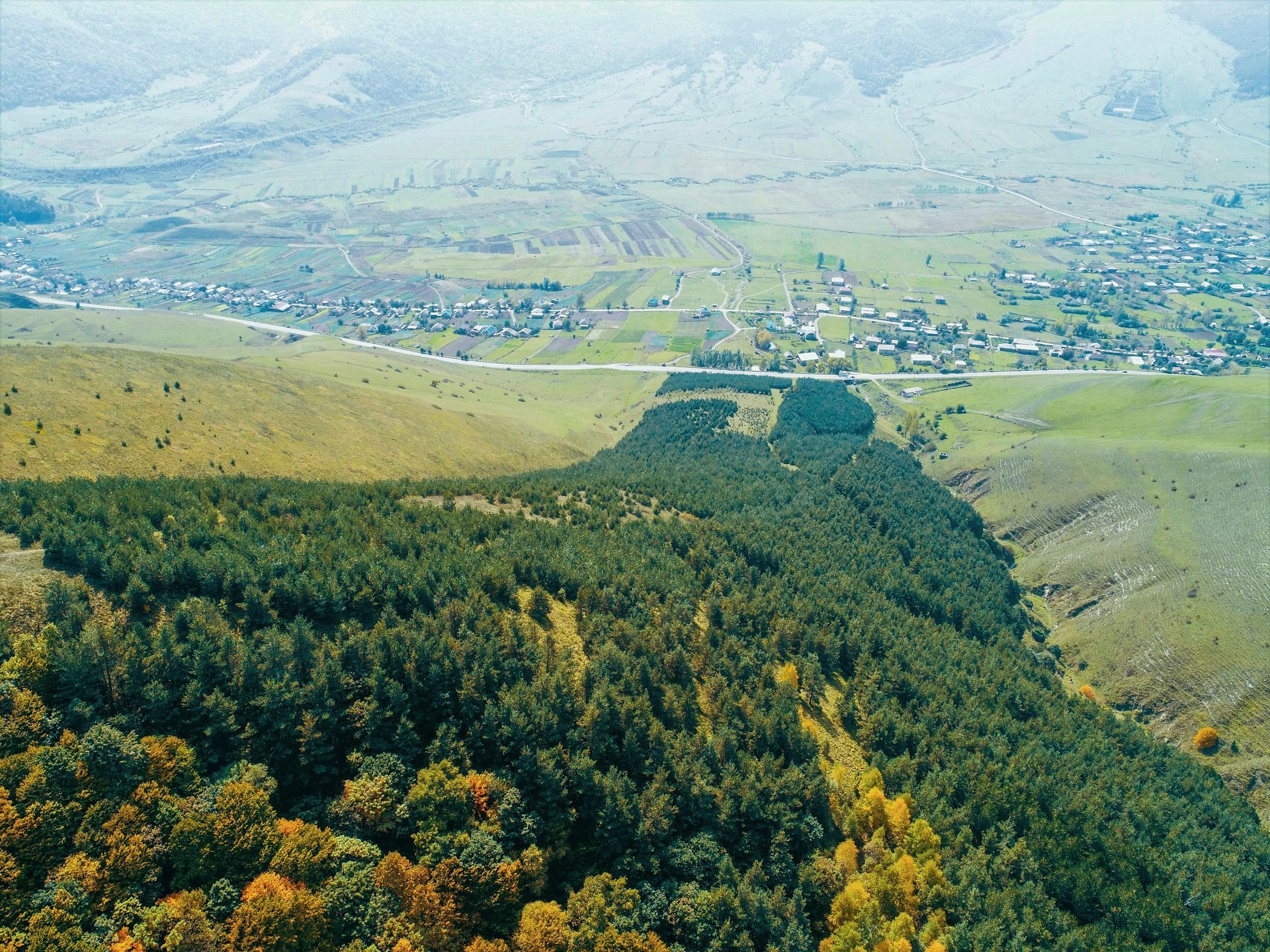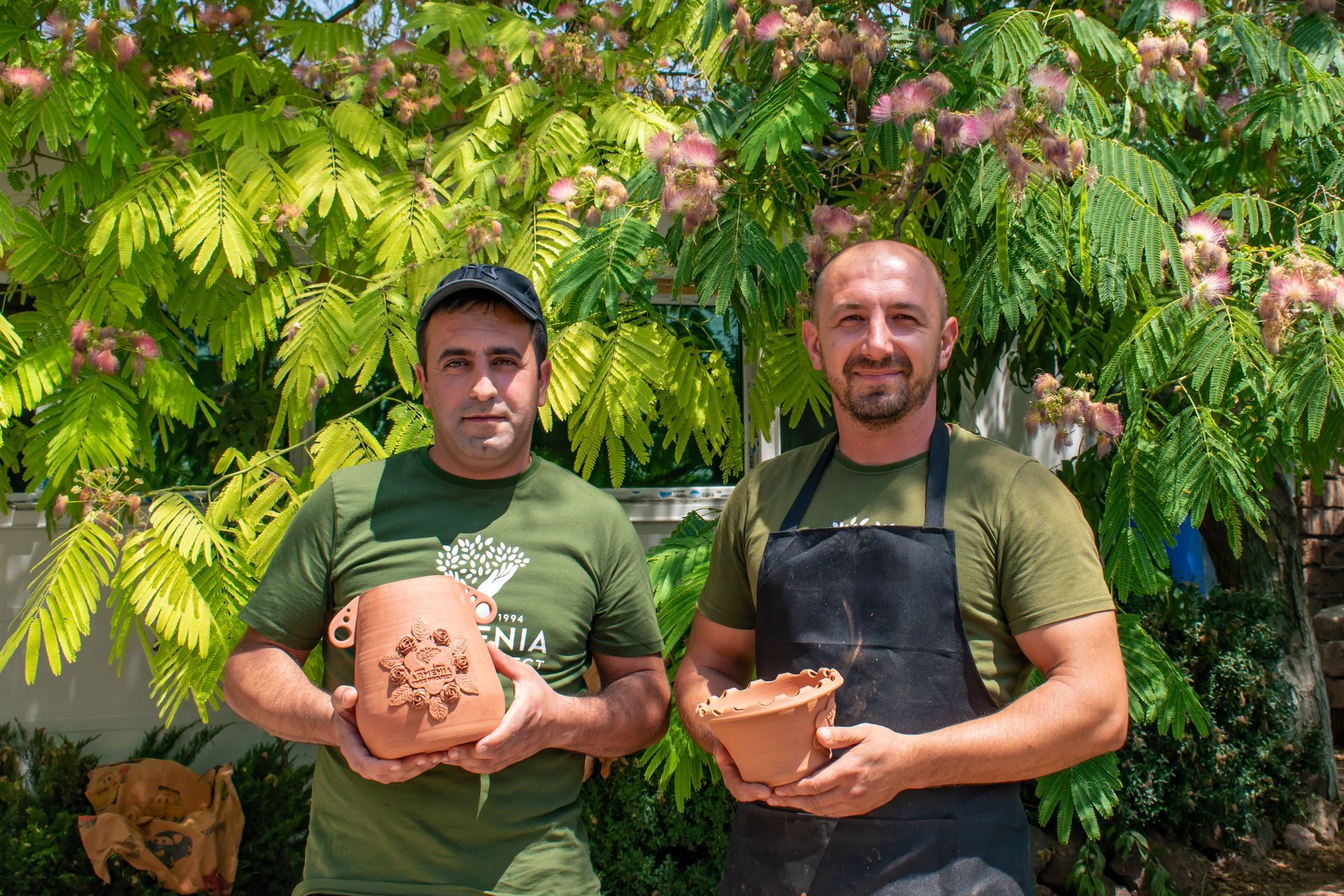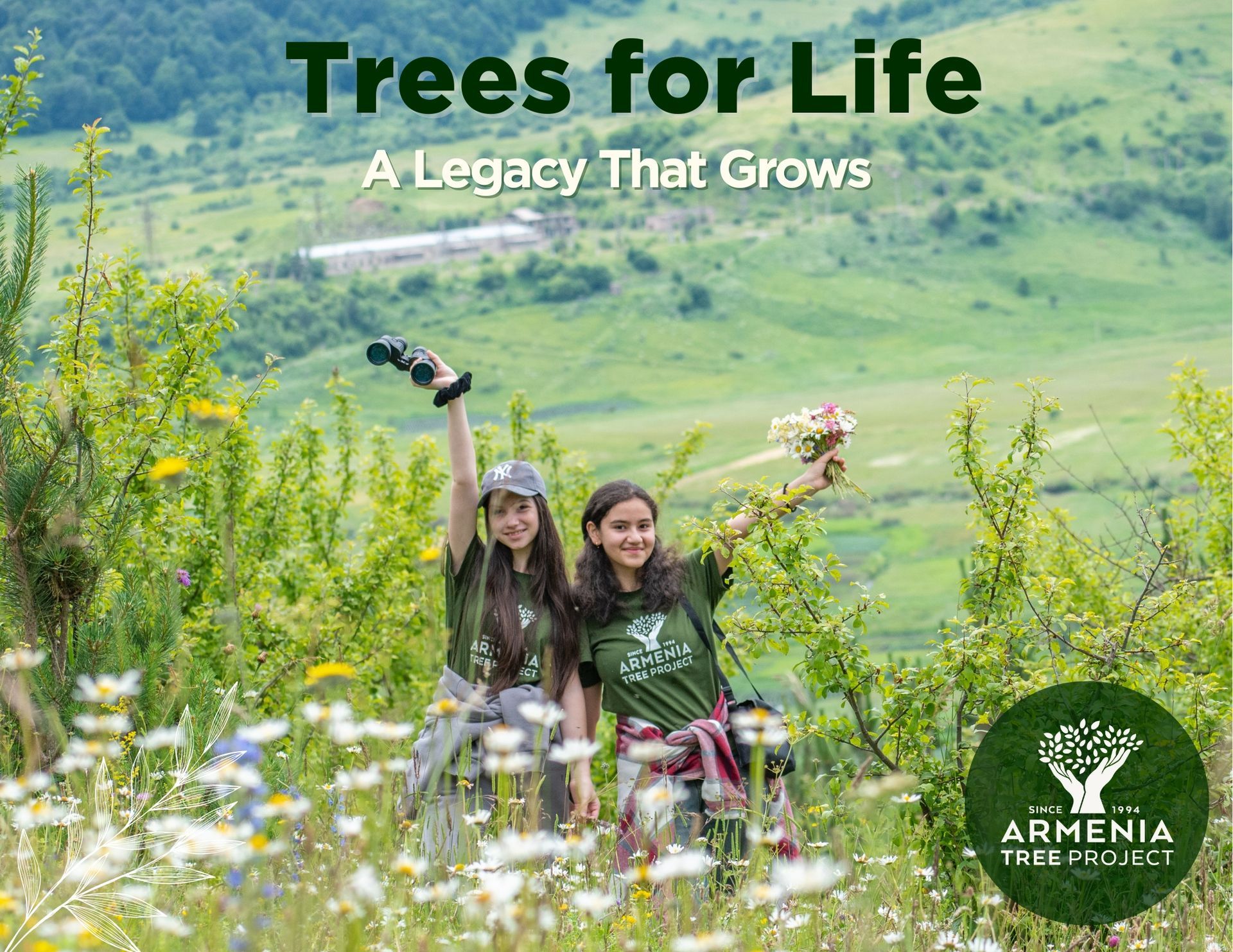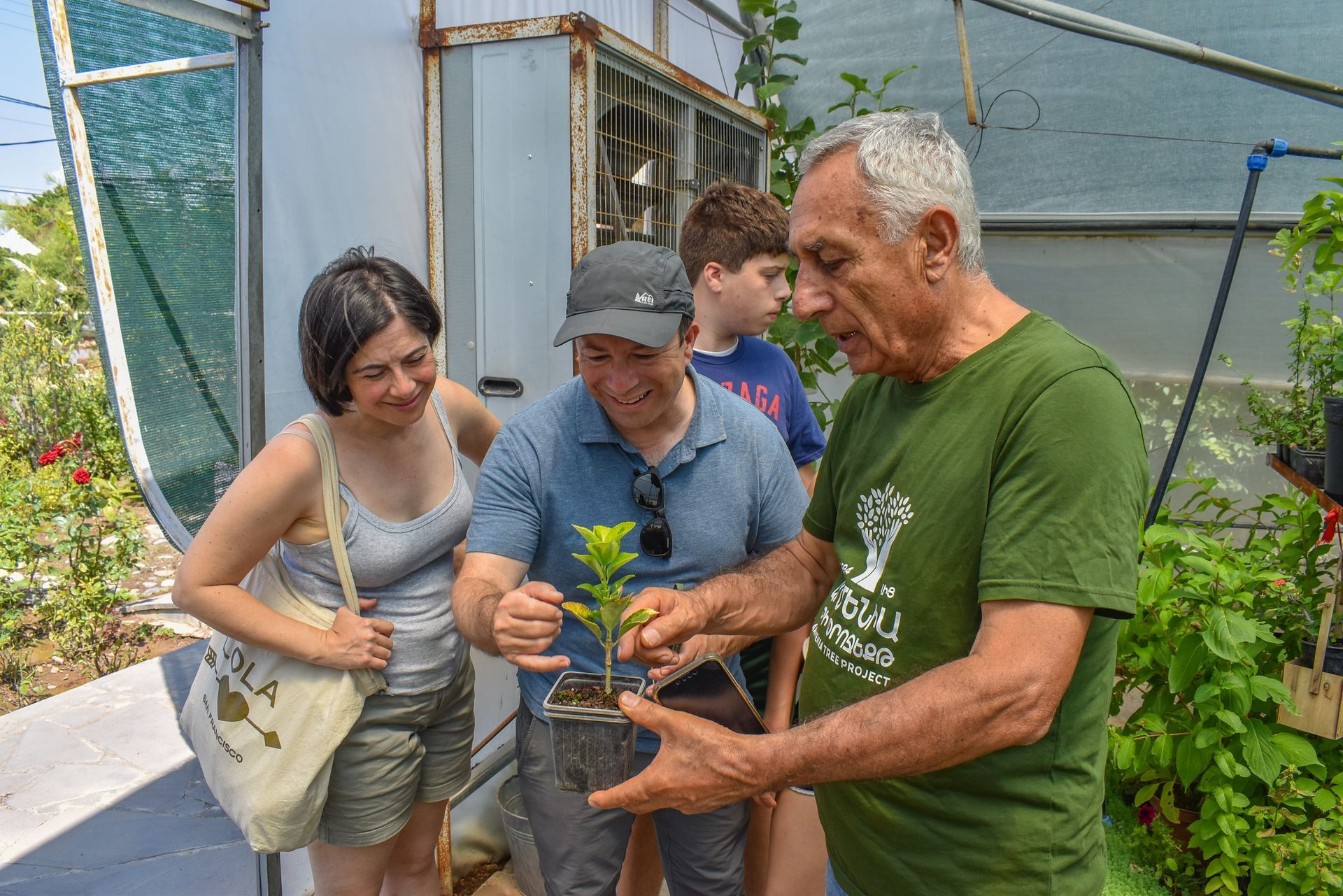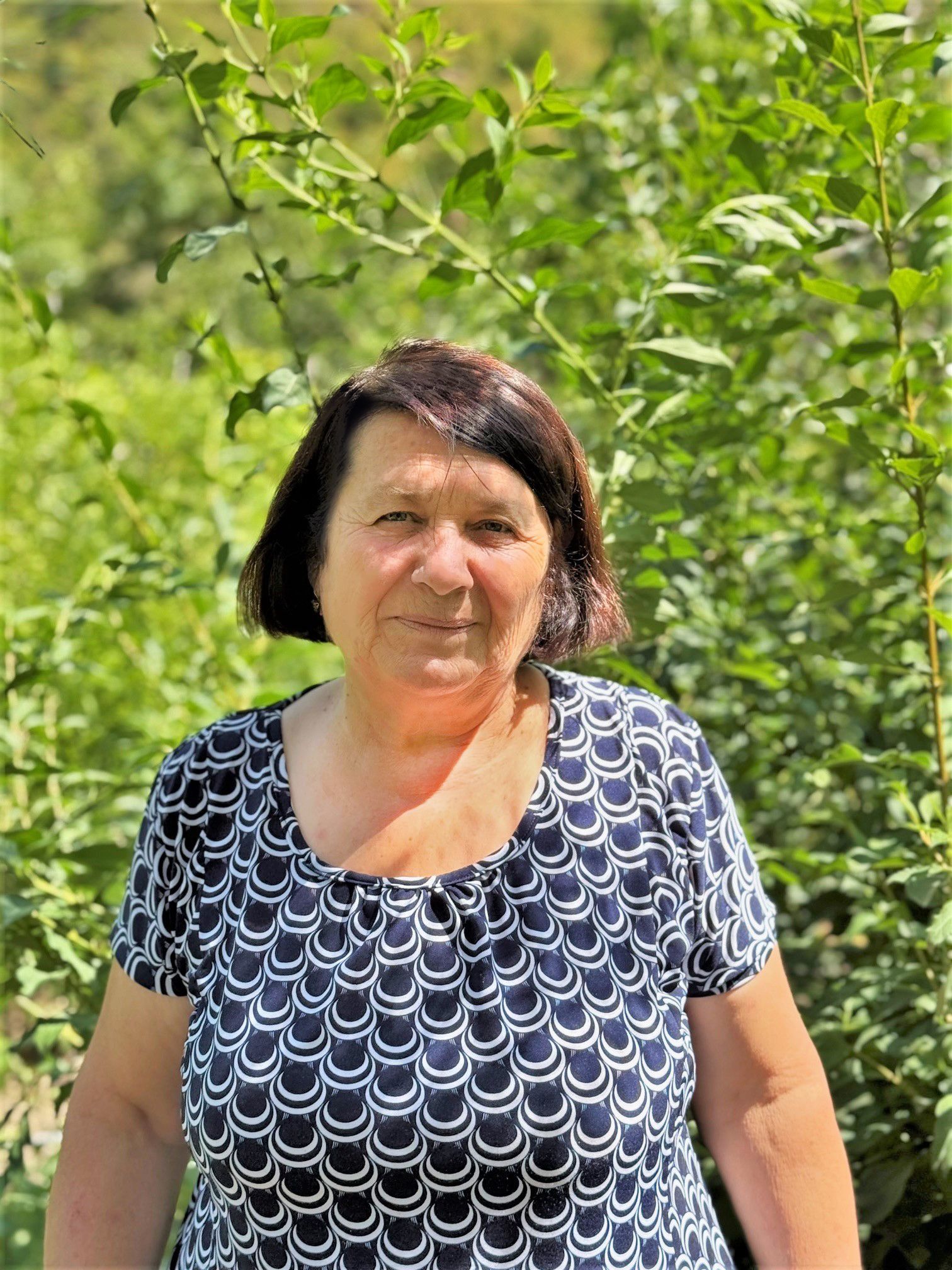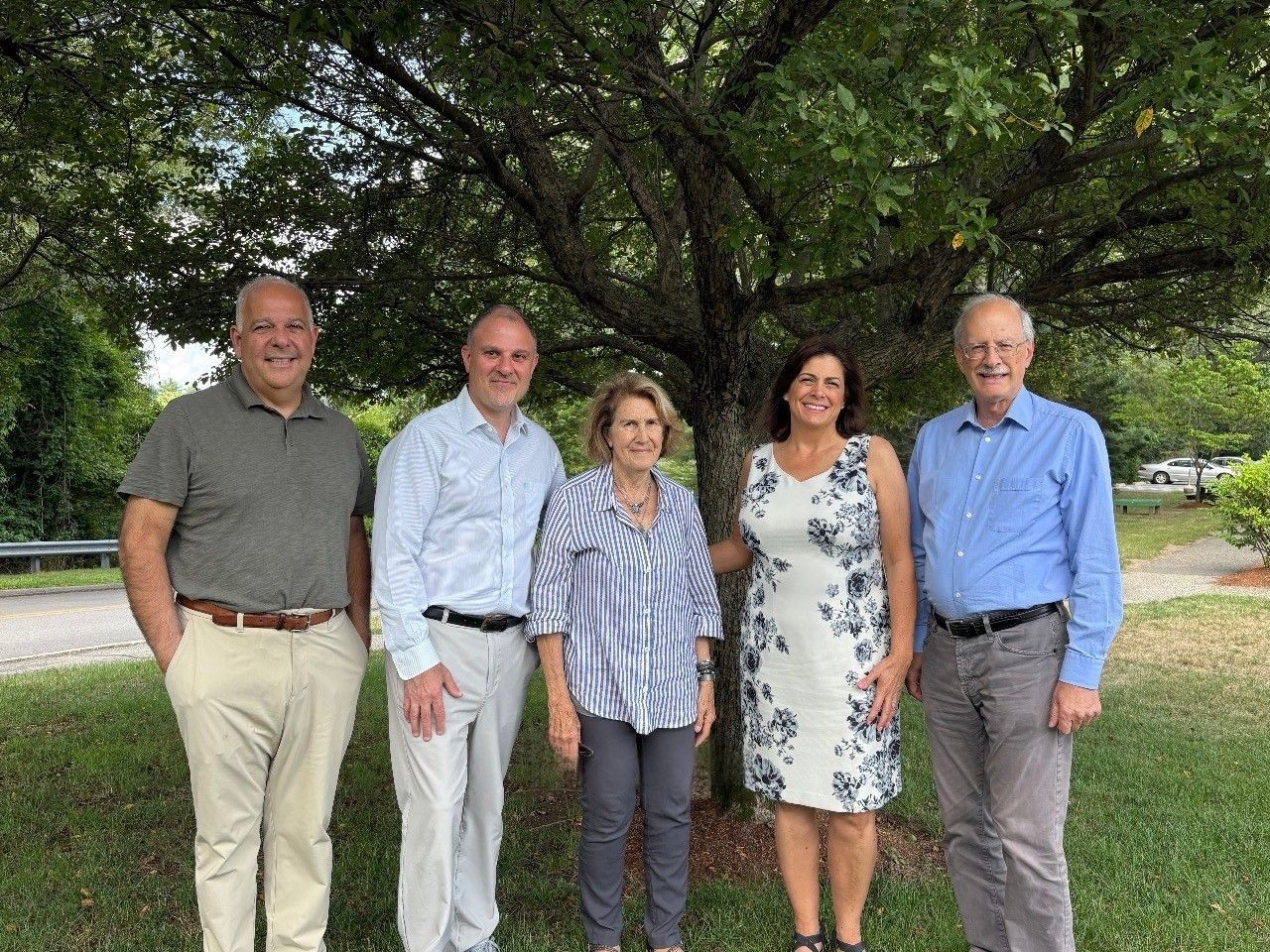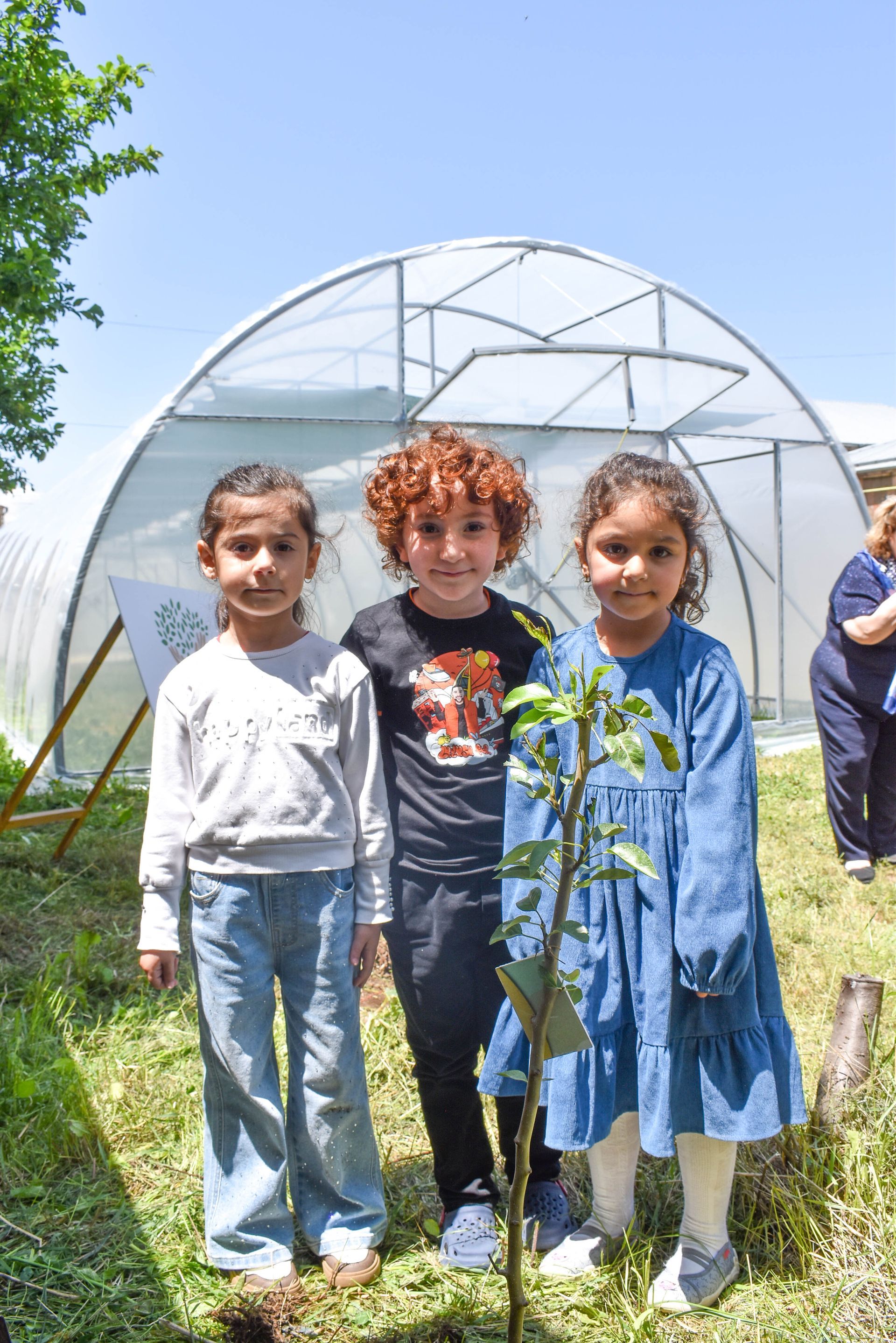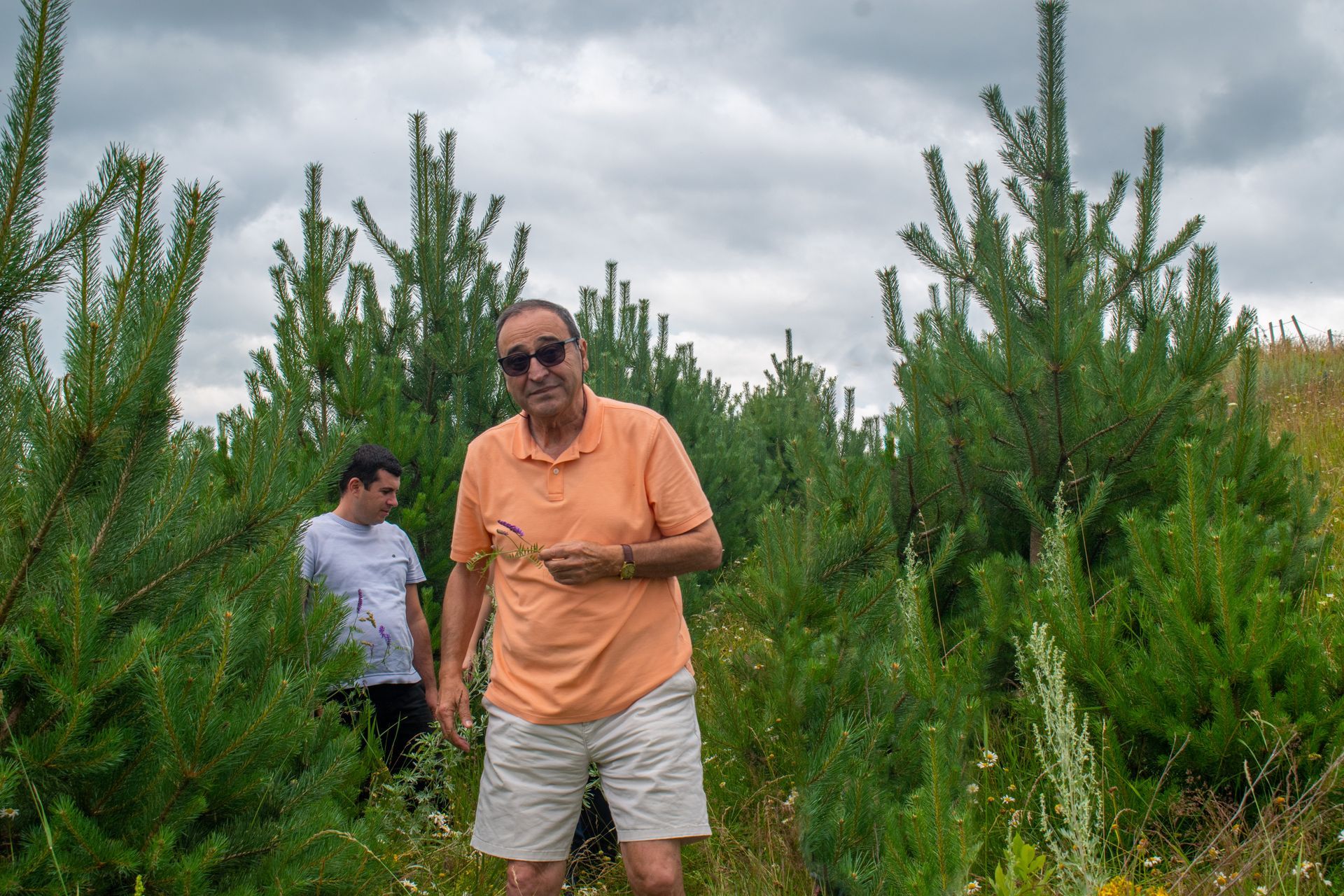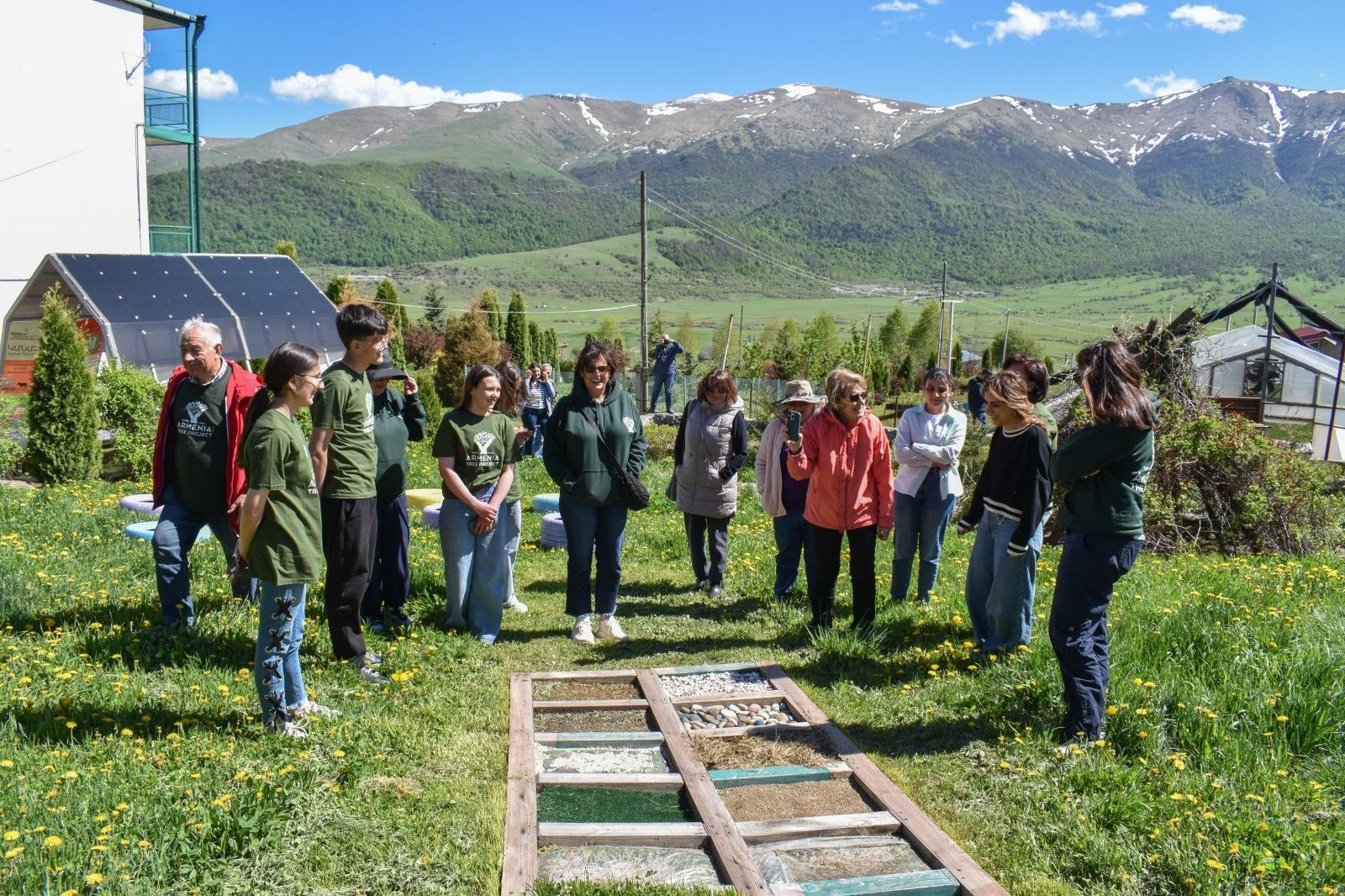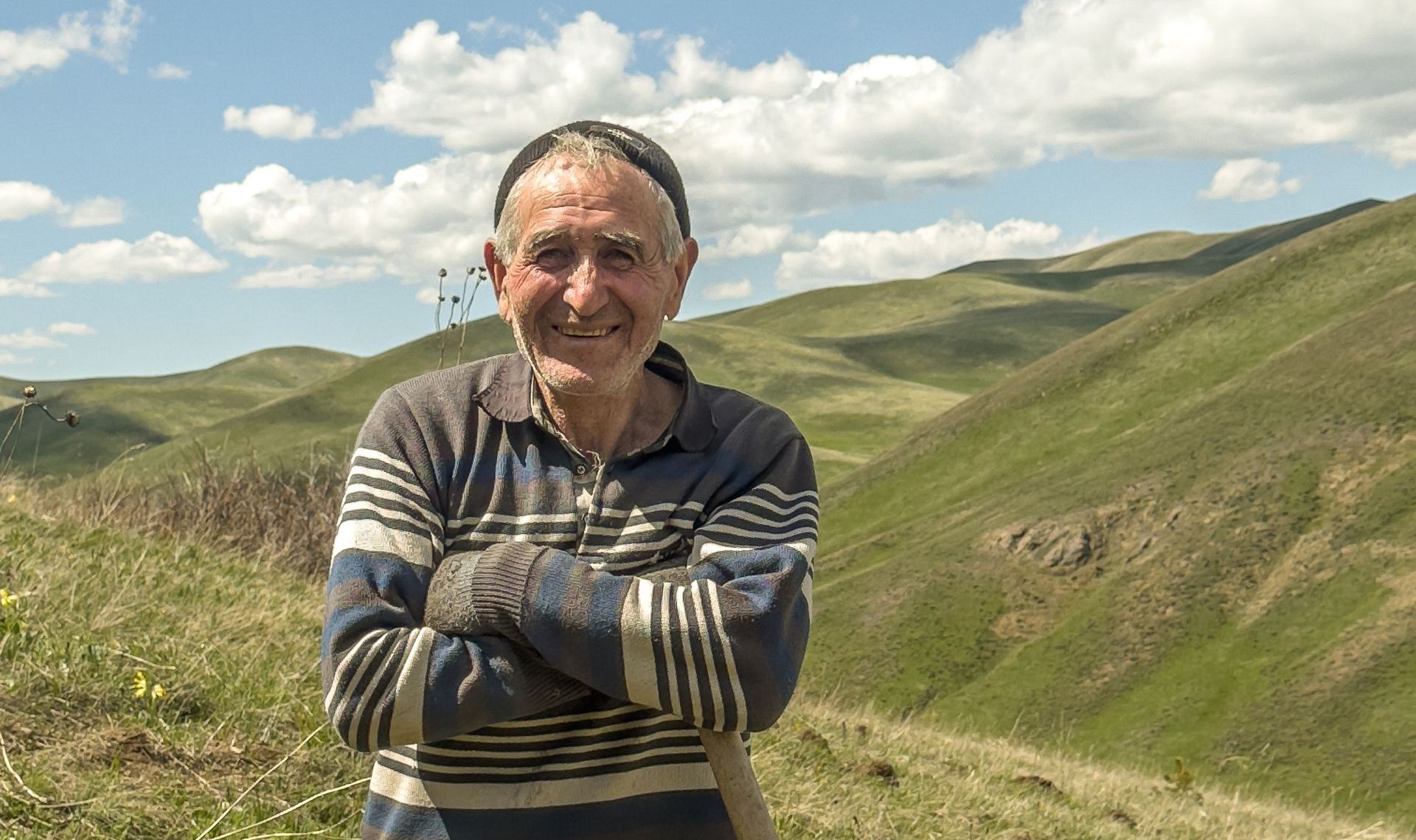Spring Plantings: Celebrating 505,235 Trees With Armenia Tree Project
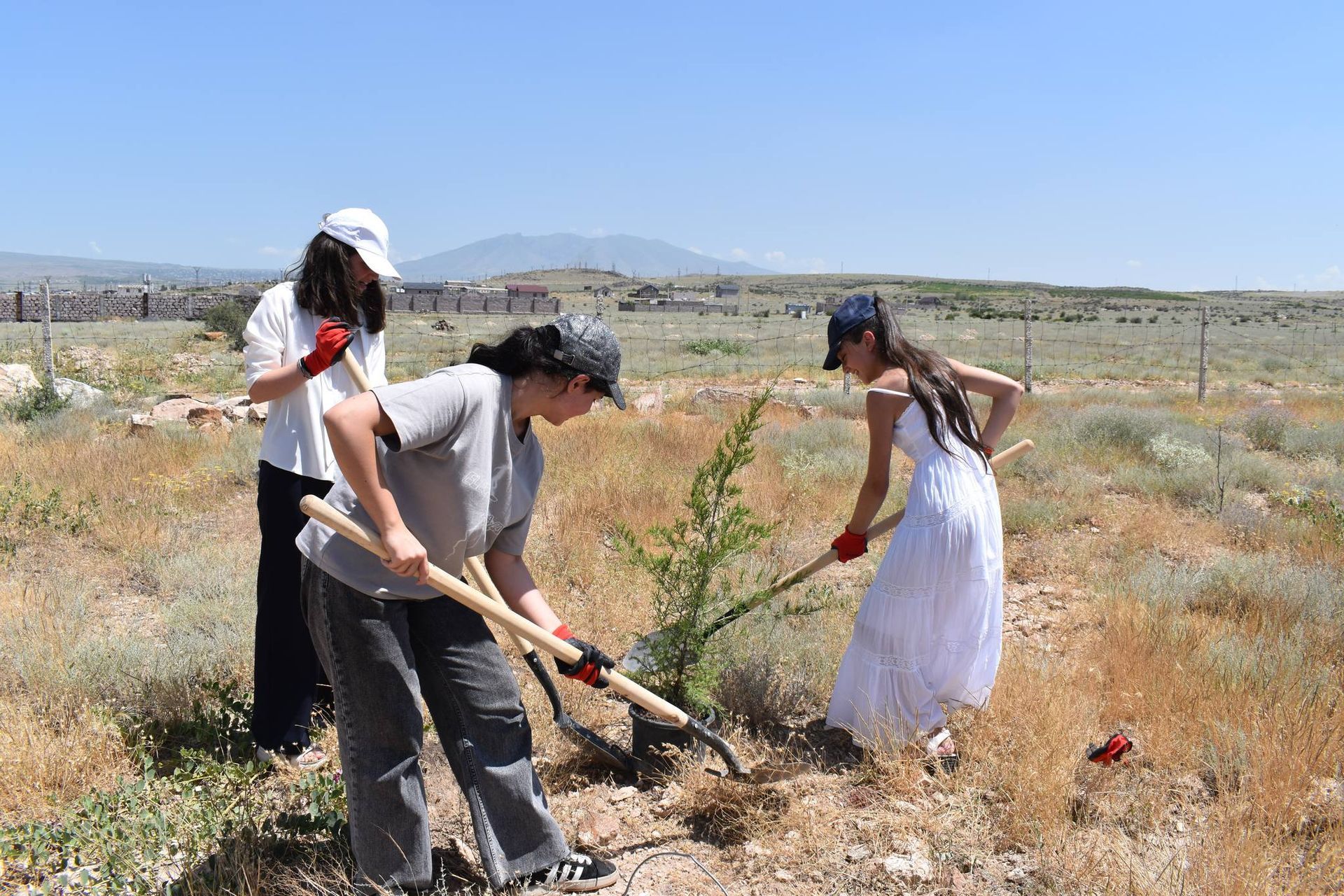
Armenia Tree Project's (ATP) planting season began with a flurry of activities including weather monitoring, task allocation, and deliberations. Despite facing adverse weather conditions and heavy rainfall throughout the planting season, ATP’s two primary tree-planting initiatives, the Community Tree Planting and Forestry Programs, successfully collaborated to plant 505,235 trees out of the targeted 800,000 for the year.
Afforestation efforts continued in the Lori, Shirak, Kotayk, and Gegharkunik Regions, with a cumulative planting of 476,000 trees, building upon last year's achievements. Notably, the largest afforestation area encompasses approximately 68 hectares in Lori Marz, spanning the Koghes, Urut, Mikhalovka, and Tashir Communities.
In Shirak Region, the Mets Sariar community experienced significant afforestation across 42 hectares in the Memorial Forest established last year in honor of the late patriot and philanthropist Krikor Didonian. Similarly, Kotayk and Gegharkunik Regions saw substantial planting efforts in the villages of Lernanist and Gegharkunik, covering approximately 30 hectares.
The primary source of seedlings for ATP is the Mirak Family Reforestation Nursery in Margahovit Village, the largest nursery of its kind in Armenia. Mirak Nursery produces a diverse range of tree species including pine, oak, maple, ash, birch, linden, wild pear, and apple, which are essential components of Armenia's natural forests.
Additionally, around 72,000 of the 505,235 trees planted this spring came from participants in ATP’s award winning Backyard Nursery micro enterprise program in Lori, Shirak, and Tavush Regions, highlighting the program's environmental and social impact.
A total of 233 villagers/seasonal planters from Lori, Shirak, Kotayk, and Gegharkunik Regions actively participated in afforestation activities this spring, alongside the planting of 29,235 trees in various planting sites across Armenia within Community Tree Planting program.
Vahe Matsakyan, ATP’s Forest Department Manager says, “This year, it's been illuminating to hear from our seasonal workers. The involvement and support of our local communities are vital to what we do here at ATP. But what's struck me this year is how our seasonal planters, beyond just earning a living, have really deepened their commitment and awareness of our mission. With all the floods and landslides happening worldwide, it's like a wake-up call for everyone. They're not just here to earn a paycheck, they’re valuing what they have and are truly dedicated to preserving our environment."
Karen Mkrtuyman, a seasonal worker on the afforestation site in Lori Region exemplifies the significance of ATP's work in rural communities. For villagers like him, ATP's seasonal employment opportunities provide supplementary income, particularly during the transition from winter to spring agricultural activities.
Karen Mkrtumyan says: “Working for ATP is a much-anticipated job for all of us here. During the late fall and winter months, we use up all of the stored harvest. Thus, in the spring we need to start from scratch. With the money I earn, I will buy fertilizers to grow grains and potatoes on my land. I’ll be able to save money and avoid loan risk. But the most important thing is that I love this work! If I didn’t, I would not be here”.



